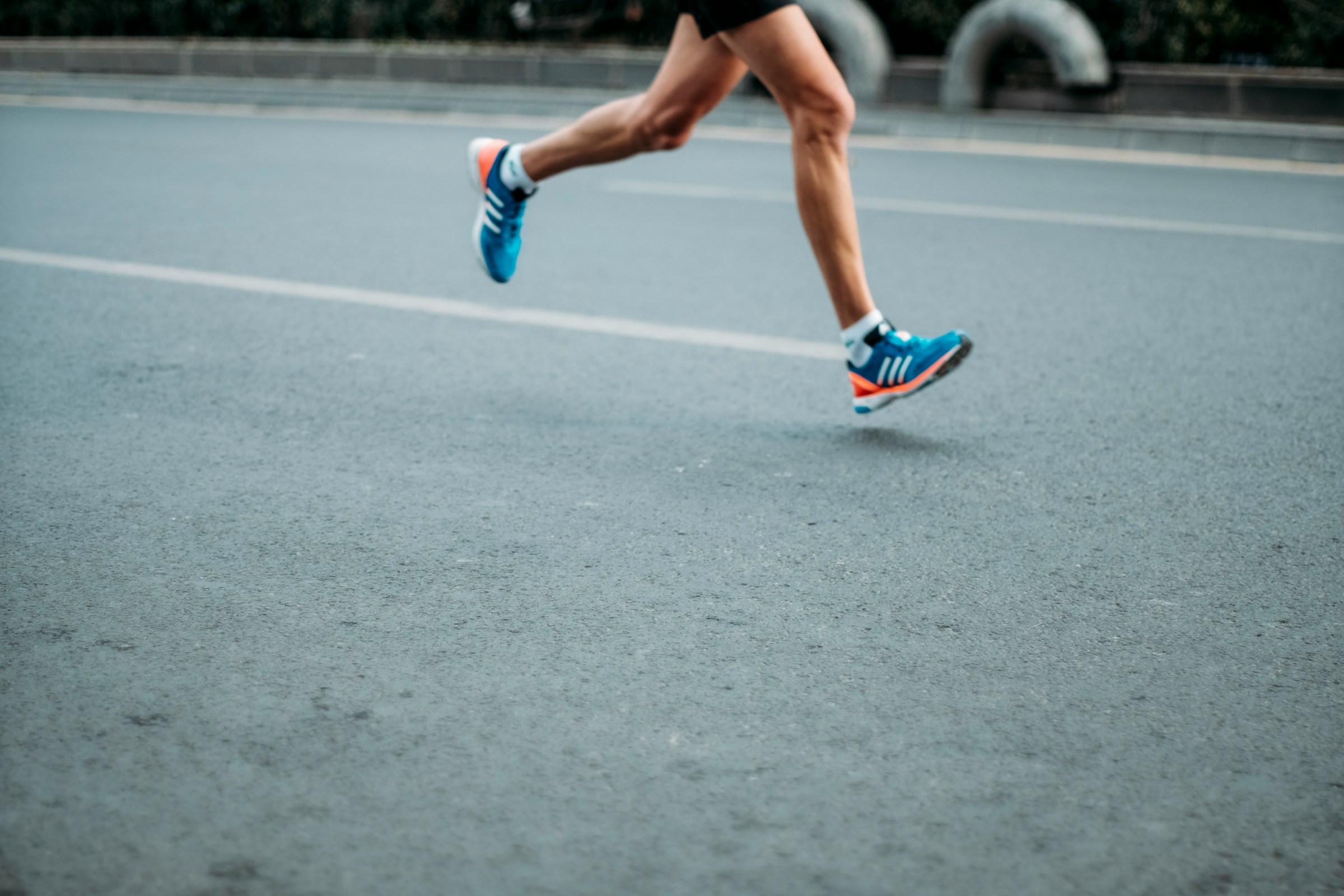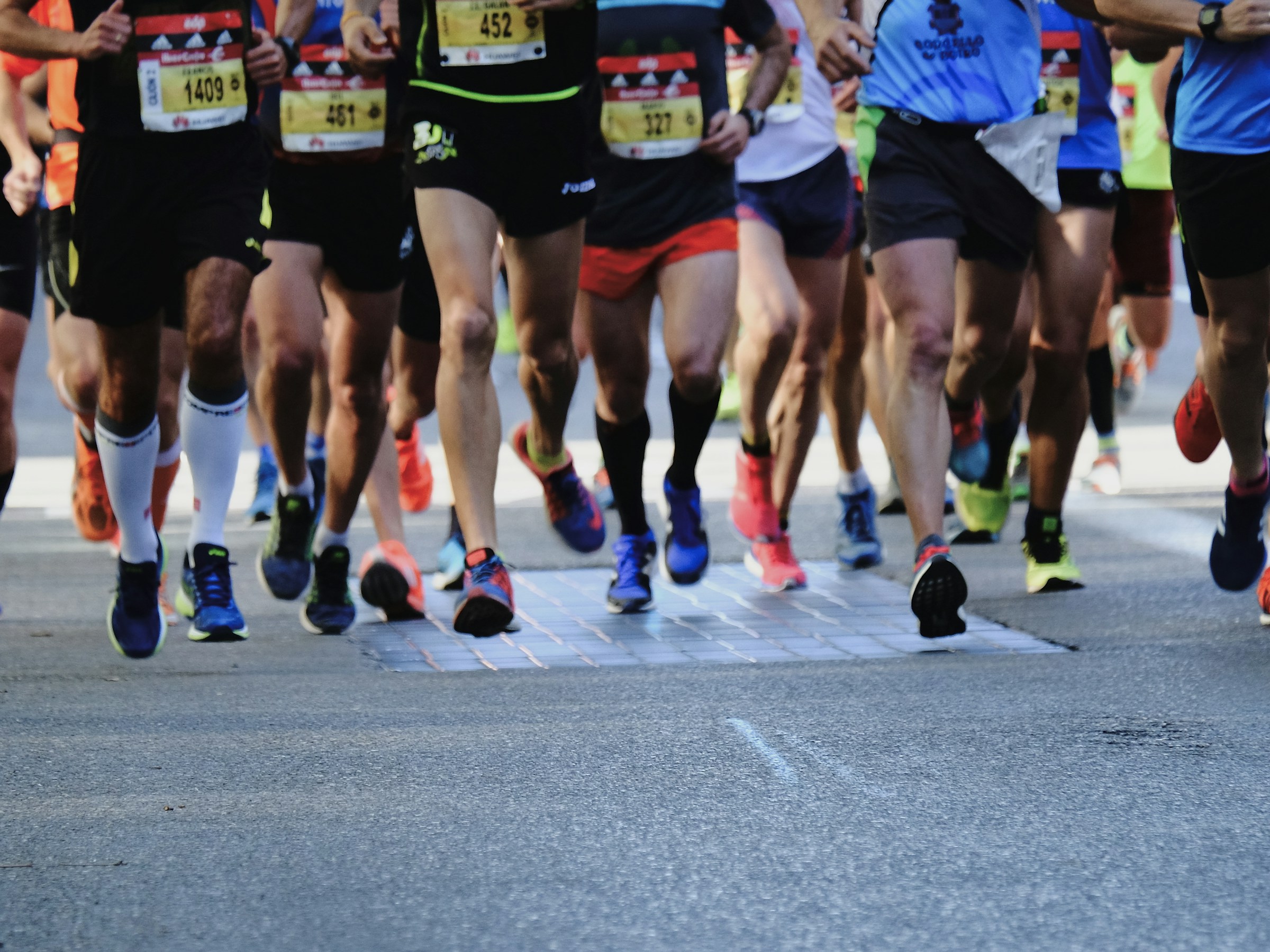Freedom of movement represents one of the most fundamental aspects of human independence and quality of life. As we age or face physical challenges, maintaining mobility becomes increasingly crucial for preserving autonomy and mental well-being. The landscape of mobility preservation has evolved dramatically in recent years, with groundbreaking technologies and methodologies emerging to help individuals maintain their physical capabilities. From advanced biomechanical solutions to cutting-edge surgical techniques, these innovations are transforming how we approach movement preservation. This comprehensive guide explores the most effective strategies and revolutionary approaches that are helping people worldwide maintain their mobility and independence, regardless of age or physical condition.

Revolutionary Biomechanical Support Systems
Modern biomechanical support systems have undergone a remarkable transformation, moving far beyond traditional rigid braces and supports. Today’s advanced solutions incorporate smart materials and adaptive technologies that respond dynamically to body movements. These systems work by providing targeted support exactly where and when needed, while allowing natural movement patterns to continue unimpeded. For athletes and active individuals, innovative ankle brace technology exemplifies this new generation of protective gear, offering stability without sacrificing performance or range of motion.
The integration of sensor technology into these support systems represents another significant advancement. Smart braces can now monitor joint angles, pressure distribution, and movement patterns in real-time, providing valuable feedback for both users and healthcare providers. This data-driven approach enables personalized adjustment of support levels throughout the day, adapting to different activities and fatigue levels. Furthermore, these intelligent systems can predict potential injury risks by analyzing movement patterns and alerting users to potentially harmful biomechanical stress before problems occur.
Surgical Innovations Preserving Natural Movement
The surgical field has witnessed remarkable progress in techniques specifically designed to preserve natural movement capabilities. Modern minimally invasive procedures focus on maintaining joint function while addressing underlying issues. According to recent research on mobility-preserving surgical techniques, these approaches significantly reduce recovery times and improve long-term outcomes compared to traditional methods. Surgeons now utilize advanced imaging technologies and robotic assistance to achieve unprecedented precision, ensuring minimal disruption to surrounding tissues and structures.
Regenerative medicine has also revolutionized surgical approaches to mobility preservation. Stem cell therapies and platelet-rich plasma treatments are increasingly used to promote natural healing and tissue regeneration. These biological solutions work synergistically with the body’s own repair mechanisms, potentially avoiding or delaying the need for more invasive procedures. The combination of these regenerative techniques with traditional surgical methods has created hybrid approaches that offer the best of both worlds: immediate structural correction coupled with enhanced biological healing.
Athletic Performance and Injury Prevention Strategies
Elite athletes have long been at the forefront of mobility preservation innovation, and their experiences provide valuable insights for everyone seeking to maintain movement capabilities. Professional sports medicine has developed comprehensive protocols that combine strength training, flexibility work, and proprioceptive exercises to create resilient, adaptable movement patterns. These strategies emphasize the importance of balanced muscle development and joint stability in preventing injuries before they occur.
Equipment selection plays a crucial role in athletic injury prevention. Choosing appropriate footwear, for instance, can significantly impact joint health and movement efficiency. Athletes looking for optimal basketball footwear with enhanced heel stability understand that proper support can mean the difference between peak performance and potential injury. Similarly, those seeking high-performance athletic shoes that combine style with functionality recognize that modern footwear technology can actively contribute to movement preservation.
Preventive Exercise Programs
Structured exercise programs designed specifically for mobility preservation have shown remarkable effectiveness across all age groups. These programs typically incorporate:
- Dynamic stretching routines that improve flexibility while maintaining muscle activation
- Balance training exercises that enhance proprioception and reduce fall risk
- Resistance training focused on functional movement patterns
- Low-impact cardiovascular activities that maintain endurance without joint stress
- Coordination drills that improve neuromuscular control
The key to successful preventive exercise lies in consistency and progressive adaptation. Starting with basic movements and gradually increasing complexity allows the body to develop robust movement capabilities without overwhelming its adaptive capacity. Regular assessment and program modification ensure continued progress while avoiding plateaus or overtraining.
Recovery and Regeneration Techniques
Recovery has emerged as equally important as training in maintaining long-term mobility. Advanced recovery modalities now include cryotherapy, compression therapy, and targeted massage techniques that accelerate tissue repair and reduce inflammation. These methods work by optimizing blood flow, removing metabolic waste products, and promoting cellular regeneration. The timing and combination of different recovery strategies can significantly impact their effectiveness, with personalized protocols showing superior results compared to one-size-fits-all approaches.

Nutritional Support for Joint Health
Proper nutrition plays a fundamental role in maintaining healthy joints and preserving movement capabilities. Anti-inflammatory foods, adequate protein intake, and specific micronutrients all contribute to tissue health and repair. Omega-3 fatty acids, vitamin D, and collagen supplements have shown particular promise in supporting joint function and reducing age-related mobility decline. Understanding the relationship between nutrition and movement preservation empowers individuals to make dietary choices that actively support their mobility goals.
Conclusion
Maintaining freedom of movement through innovative approaches requires a multifaceted strategy that combines technological advancement, medical expertise, and personal commitment. The remarkable progress in biomechanical support systems, surgical techniques, and preventive strategies offers unprecedented opportunities for preserving mobility throughout life. By embracing these innovations and implementing comprehensive movement preservation programs, individuals can maintain their independence and quality of life regardless of age or physical challenges. The future of mobility preservation looks increasingly promising, with continued research and development opening new possibilities for maintaining our fundamental human capability to move freely and confidently through the world.
